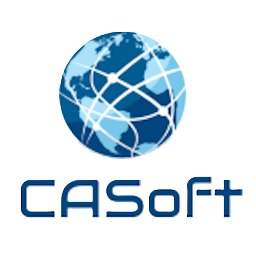Are you a Pointy Hair Manager? Think again… Look in a mirror.You run the risk of finding a Dilbert cartoon taped on your door some…
In order to be significantly more successful in your career and in all areas of your life, compared to where you are now, there is…
